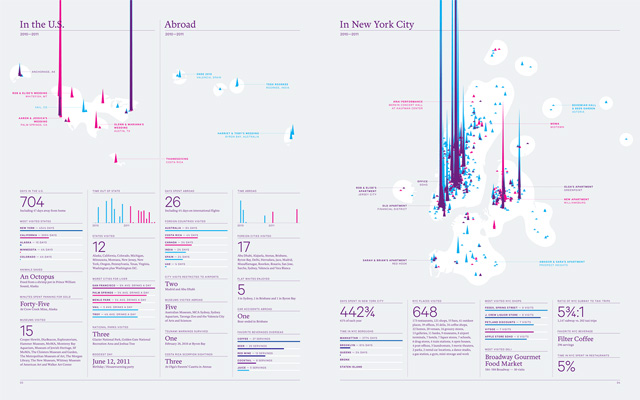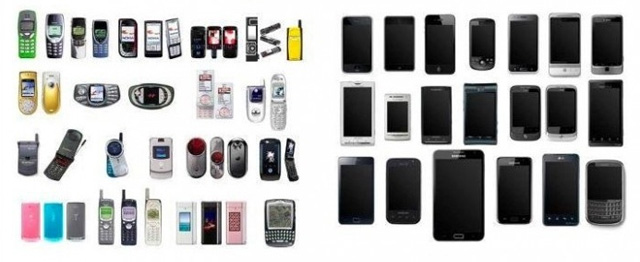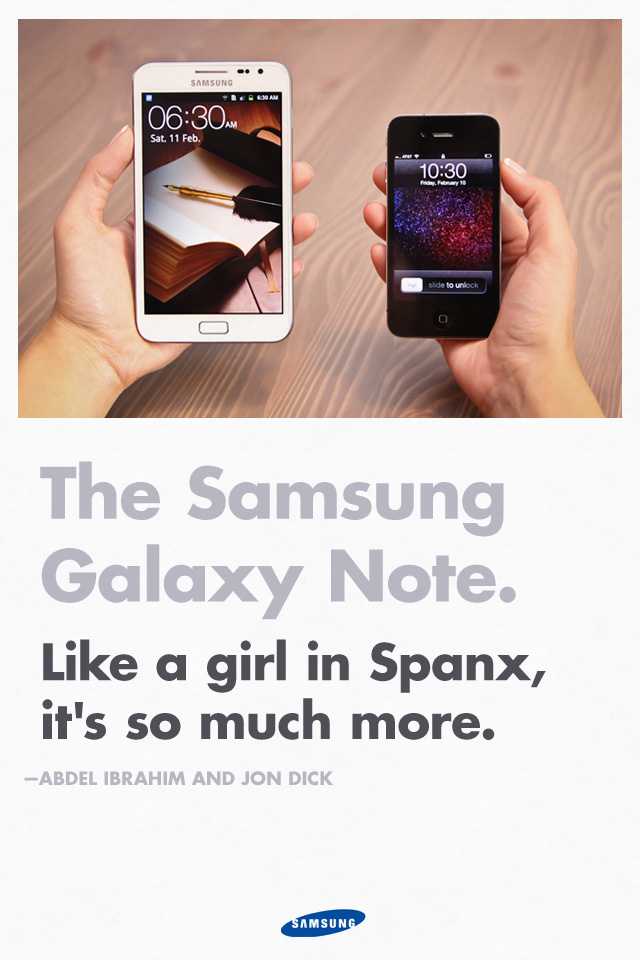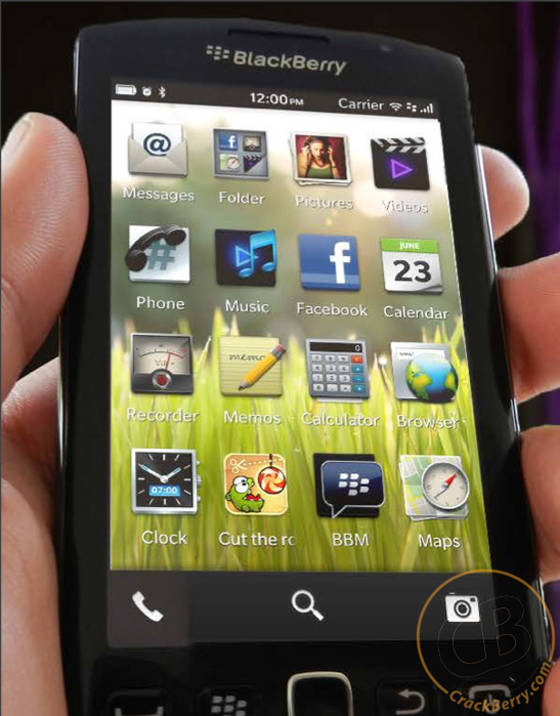Nixie Tubes
Late last year, Apple announced a recall of 1st generation iPod Nanos due to a (potential) battery defect. If you qualified and sent them your old Nano, they would mail you a brand new one.
My wife had a 1st gen Nano, so I had it replaced. Upon getting the new Nano, I began to play with it more than my wife did, so she ended up giving it to me as a Valentine’s Day present a few weeks ago, along with a watch strap.
Since using this Nano as a watch I love it. I would have never bought a Nano for myself otherwise. It comes loaded with 18 different watch faces. I use this one:

The style of the numbers reminds me of of the digital multimeter my father has in his basement laboratory and what I used to use to test batteries for my toys growing up. The number display looked exactly like my Nano’s watch face.
I saw my dad this past weekend, and being gadget geek like me, inquired about my watch.
My Dad: Is that a new watch you’re wearing?
Me: Yeah. Check out the watch face, remind you of anything?
My Dad: Sure, those are Nixie tubes.
I never knew the name for them, but that’s what they are. Nixie tubes.
Here’s a bit from Wikipedia on them:
A nixie tube is an electronic device for displaying numerals or other information. The glass tube contains a wire-mesh anode and multiple cathodes, shaped like numerals or other symbols. Applying power to one cathode surrounds it with an orange glow discharge. The tube is filled with a gas at low pressure, usually mostly neon and often a little mercury or argon, in a Penning mixture.
Although it resembles a vacuum tube in appearance, its operation does not depend on thermionic emission of electrons from a heated cathode. It is therefore called a cold-cathode tube (a form of gas filled tube), or a variant of neon lamp. Such tubes rarely exceed 40 °C (104 °F) even under the most severe of operating conditions in a room at ambient temperature.
It’s quite a beautiful piece of hardware:
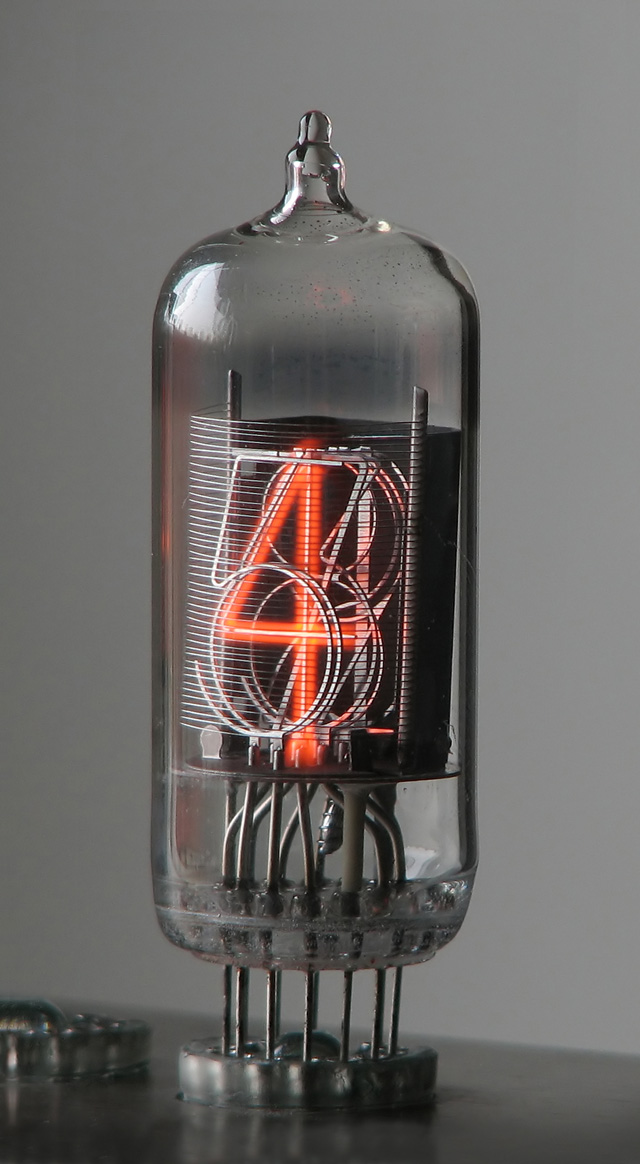
If you scroll down the Wikipedia page for Nixie tube, there’s a picture of Steve Wozniak wearing a real Nixie tube watch.
Here’s a picture:
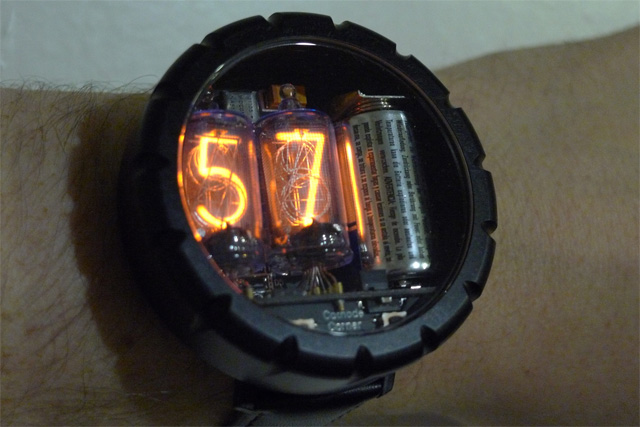
Looks like you can buy one for around $400.
How much more awesomely nerdy can you get?


